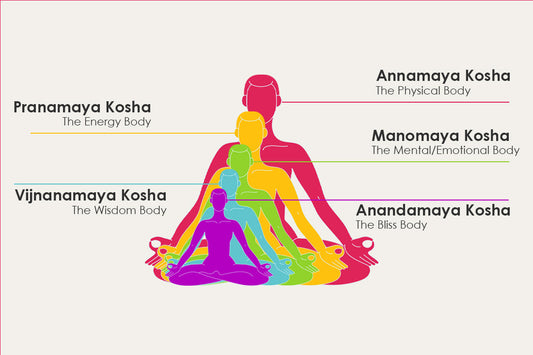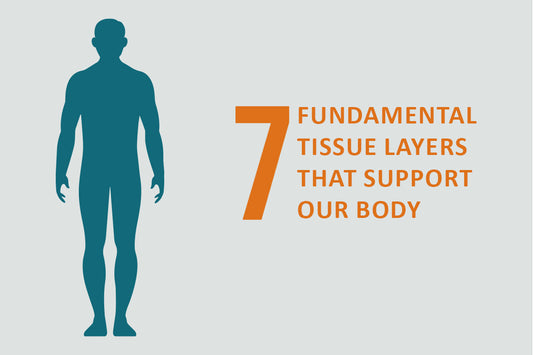Have you ever thought about why fiber is often highlighted as a key nutrient in the world of health and wellness? Whether you want to support your digestive system, feel satisfied after eating, or care for your heart, dietary fiber is essential. Fiber is a type of carbohydrate that cannot be digested by your body, yet it provides remarkable benefits for your overall health. Today, let us explore fiber-rich foods and discover how they can transform your digestive health and much more.
Understanding the Types of Fiber
Fiber is not a one-size-fits-all nutrient. It comes in two primary forms: soluble and insoluble fiber. Both types of fiber bring unique health benefits and are essential for a balanced diet.
- Soluble Fiber: This type dissolves in water and forms a gel-like substance in your digestive system. It helps with absorbing water, supporting digestion, and maintaining stable energy levels. Foods like black beans, oats, and apples are great sources of fiber in this category.
- Insoluble Fiber: This type adds bulk to your stool and helps keep your digestive system moving smoothly. Think of whole grains, brown rice, and vegetables as excellent examples of this variety.
A diet rich in both types of fiber ensures that your body gets the full range of health benefits, making it easier to stay nourished and feel full for longer.
Why Fiber Matters for a Healthy Digestive System
Fiber-rich foods are essential for maintaining a well-functioning digestive system. By adding bulk and absorbing water, dietary fiber aids in smooth digestion and supports regular bowel movements. It also nourishes the beneficial bacteria in your gut, creating an environment where your digestive system thrives. Including high fiber foods in your meals is a simple yet effective way to care for your body.
Top Fiber-Rich Foods to Include in Your Diet
Black Beans
Black beans are a powerhouse when it comes to fiber. With approximately 15 grams of fiber per cup, they are one of the best high fiber foods you can add to your meals. They are also a great source of protein and contain omega-3 fatty acids, making them a nutritious choice for vegetarians and non-vegetarians alike.
Brown Rice
If you are looking for a versatile staple, brown rice fits the bill. Unlike white rice, it retains its bran and germ, making it a great source of fiber. With about 3.5 grams of fiber per cup, brown rice supports digestion and pairs well with various dishes.
Wheat Pasta
Switching to wheat pasta is a simple way to increase your fiber intake. This wholesome alternative provides approximately 6 grams of fiber per cup and serves as a satisfying base for your favorite sauces and toppings. Pair it with vegetables for an extra fiber boost.
Fruits and Vegetables
Fruits like apples, oranges, and berries, along with vegetables like carrots, broccoli, and spinach, are good sources of dietary fiber. They are not only rich in fiber but also packed with vitamins and antioxidants, supporting overall health.
Nuts and Seeds
Almonds, chia seeds, and flaxseeds are small but mighty when it comes to fiber content. They are convenient snacks and can be added to smoothies, yogurt, or salads. These are also good sources of omega-3 fatty acids, adding another layer of nutrition.
How to Incorporate More Fiber into Your Meals
- Start Your Day with Fiber: Begin your morning with a bowl of oatmeal topped with berries and a sprinkle of chia seeds. This combination offers both soluble and insoluble fiber to kickstart your day.
- Opt for Whole Grains: Swap white bread and pasta for their whole-grain counterparts like wheat pasta and brown rice. These choices provide more grams of fiber per serving and keep you feeling satisfied longer.
- Snack Smart: Keep a handful of nuts or sliced fruits handy for a quick, fiber-rich snack.
- Experiment with Legumes: Add black beans, lentils, or chickpeas to your soups, salads, and main dishes for an easy way to increase your fiber intake.
Fiber and Heart Health
Beyond digestion, dietary fiber plays a key role in supporting heart health. Soluble fiber, in particular, helps with absorbing water and maintaining a healthy balance in the body. Foods like oats, beans, and nuts are not just great for your digestive system but also provide heart-friendly benefits.
Conclusion
Incorporating fiber-rich foods into your diet is a simple yet impactful way to support your digestive system and overall health. From black beans and brown rice to fruits and nuts, there are endless delicious options to explore. Remember, fiber is a type of carbohydrate that nourishes your body in unique ways, helping you feel full and satisfied throughout the day. By embracing a variety of high fiber foods, you are making a thoughtful choice for your long-term well-being. So, take a moment to add a few of these great sources of fiber to your next meal and enjoy the benefits that follow.






